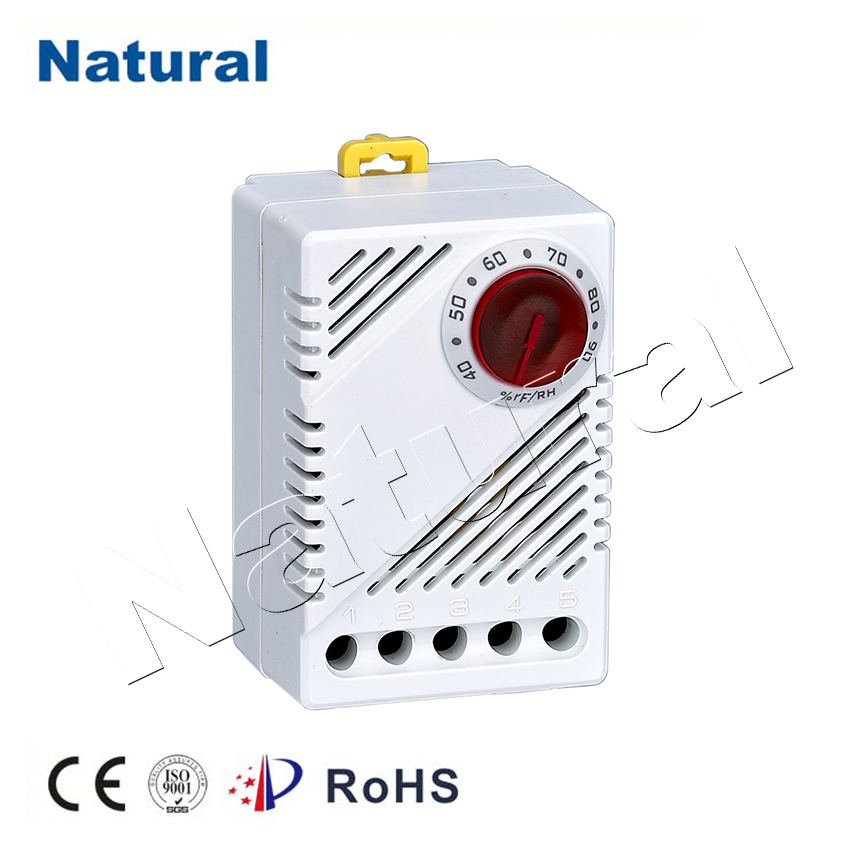Introduction

In the realm of temperature regulation, precision and reliability are of paramount importance. Mechanical temperature controllers have long been a cornerstone of industrial processes and domestic appliances, ensuring optimal operating conditions in a wide array of scenarios. This article delves into the inner workings of mechanical temperature controllers, shedding light on their mechanisms, applications, and advantages. Mechanical Temperature Control Mechanism Mechanical temperature controllers operate on a straightforward yet effective principle. At their core, they consist of a bimetallic strip, a control knob, and a switching mechanism. The bimetallic strip is constructed from two distinct metals with different coefficients of thermal expansion, bonded together. When exposed to temperature changes, this strip bends due to the varying expansion rates of the metals, initiating a mechanical response. The control knob allows users to set the desired temperature by adjusting the tension on the bimetallic strip. As the strip bends or straightens based on temperature fluctuations, it activates the switching mechanism. This mechanism can either complete or break an electrical circuit, thereby activating or deactivating the heating or cooling system connected to the controller. Applications and Advantages Mechanical temperature controllers find their applications across a broad spectrum of industries and everyday devices. In industrial settings, they play a crucial role in maintaining consistent temperatures in ovens, furnaces, and chemical reactors. The mechanical nature of these controllers provides an inherent advantage – they do not rely on complex electronics or sensors, making them robust and suitable for harsh environments. In the realm of household appliances, mechanical temperature controllers are often found in refrigerators, freezers, and air conditioning units. Their reliability and simplicity contribute to their longevity, ensuring that appliances operate optimally for extended periods with minimal maintenance. Moreover, their cost-effective design makes them an attractive choice for manufacturers seeking to provide quality products at affordable prices. Advancements and Challenges While mechanical temperature controllers have stood the test of time, technological advancements have led to the emergence of electronic and digital alternatives. These alternatives offer finer control, programmable settings, and remote monitoring capabilities. However, they may be susceptible to electronic failures and require more intricate maintenance. In contrast, mechanical controllers continue to thrive due to their ruggedness and lack of dependence on external power sources. Their mechanical nature often translates to higher tolerance for extreme conditions, making them indispensable in scenarios where precision is not the sole concern. Conclusion In a world of complex and high-tech solutions, mechanical temperature controllers remain steadfast as reliable workhorses. Their simple yet effective design, applications across various industries, and resistance to harsh conditions make them a cornerstone of temperature regulation. As technology continues to evolve, these mechanical marvels remind us that sometimes, the most enduring solutions arise from the elegance of simplicity.